The summer is over. Well, technically it’s still hot as hades out there and it is time for kiddos to return to a new school year. I can’t believe it is here already. My daughter Taylor is one of these students, attending grad school at University of North Texas (UNT) and her classes are completely online.
With the current climate of either returning to classmates and teachers face-to-face with some restrictions or attending completely online classes, there are a few design aspects to consider for ideal learning spaces. Many new and experienced parents of remote learners wonder what is the best way to set up their at-home classroom. Some lessons from homeschoolers can now be adapted for those learning remotely. In fact, I found several good suggestions for creating such spaces on the Oak Meadow homeschooling website, especially in the FAQs section specific to setting up a learning environment at home.
Of course, each student’s age will impact what’s truly necessary. Most students need some sort of laptop or electronic device. Older students will need space and power outlets for those devices, printers, books and more. Suffice it to say, the furniture arrangements and décor possibilities are endless and they can be a bit overwhelming.
One major goal for learning spaces should be to create an area that is practical, comfortable and quiet. This allows your student to concentrate on the task to be performed without getting distracted by the many diversions also in the home/dorm. Whether you have one child or a few learning remotely, consider the best space(s) to easily adapt and manage all needs. What will you need to design this special area? Let’s explore some ideas.
Aesthetic Appeal
As interior designers, our job is to create spaces for our clients that are pleasing to the eye and highly functional for their unique needs. Aesthetics are an important factor when preparing your learning space. Are the colors pleasing to those who will be using the room most? If you have the option of repainting the walls, choose a restful, peaceful color such as pale green, light blue, or muted lavender as shown below. You’ll note that the graphic below includes the three paint names as well as the Sherwin-Williams color code as a tip sheet for you.
You may also find it useful to paint a wall or part of a wall with chalkboard paint as shown in this next photo. As Paintzen points out, “With a chalkboard spray paint surface, you can take notes for a craft project, jot down to-do lists, and keep track of key points on a conference call. It can help encourage your children’s imaginations to run wild too.”
Older students can use these same chalkboard walls to forecast assignments and due dates, outline essays and brainstorm project ideas. Yes, this is a design trend that can grow with your children. As a matter of fact, this can also be used for a home office too.
Another décor idea is to create a visible homemade art gallery that displays current academic work and artistic creations. Reminding students of their successful endeavors by exhibiting them can serve as positive reinforcement. One fun example from My Joy-Filled Life is shown below. If possible, choose a wall that is not directly in the learning space to keep the area simple and uncluttered. You might use a large bulletin board or a series of cork wall tiles to define your gallery or simply choose a wall opposite of the desk/table or use the back of a door to decorate and let it declare itself!
Comfort
You should have a comfortable work space for your student(s). The Pragmatic Parent suggests the following:
- “Work space (desks, dining room table, chairs, converted closet, etc.)
- Some sort of bookcase/shelf unit to organize materials, curriculum, books, and more
- Organization cart or drawers for supplies like paper, art supplies, pencils, and school creation materials.
- Rolling bin carts or heavy duty metal carts are nice for open storage and easy to grab items like books and art supplies
- Seating area for reading and working independently (This may be a bean bag, soft chair, couch, lawn chair outside.)”
Choose seating that you don’t mind sitting in for a long period of time. Uncomfortable seats make for fidgety students – and parents! Make sure you have enough space and comfortable seating for each student as well as the adult(s) who will be helping them. Consider seating for additional collaborators, too.
You can also transform an unused corner in your home. Adding a comfortable seat cushion and some fun throw pillows creates a cozy space to read a book as well as private time to study or review homework. A decorative drapery can be used for a little more privacy and looks pretty too! The example below is from Parents magazine. While it could be a reading nook for any child, it can offer an area to stretch out a bit when students get restless from long periods at a desk.
Remember to add art and decorative pieces to your space. We love incorporating beautiful art to interiors that introduces color and visual interest. Art for students can be educational as well─whether a favorite poem or scientific poster that’s nicely framed.
Wall and decorative pieces: These decorative accents are likely items that you already have around your house. They add color to your space and can complement learning too. Examples include:
- Educational posters
- World map/globe
- ABC letters and numbers chart
- Bulletin board
- Encouragement or growth mindset art (or make your own with these positive message coloring sheets also from the Pragmatic Parent)
- White board or magnetic board
Remember: when the kids are back in school─whether learning on campus or from home, they need a quiet, comfortable place to focus. Learning new subjects is more difficult when students are uncomfortable or distracted. Having a professionally designed space puts needed supplies in proper places while looking polished and serving an important functional purpose.
Here’s hoping for great success for a new school year, no matter where the learning happens.
P.S. – If you enjoyed this post on back to school design trends for home learning, you may also like “Design Tips for a Home Office“.
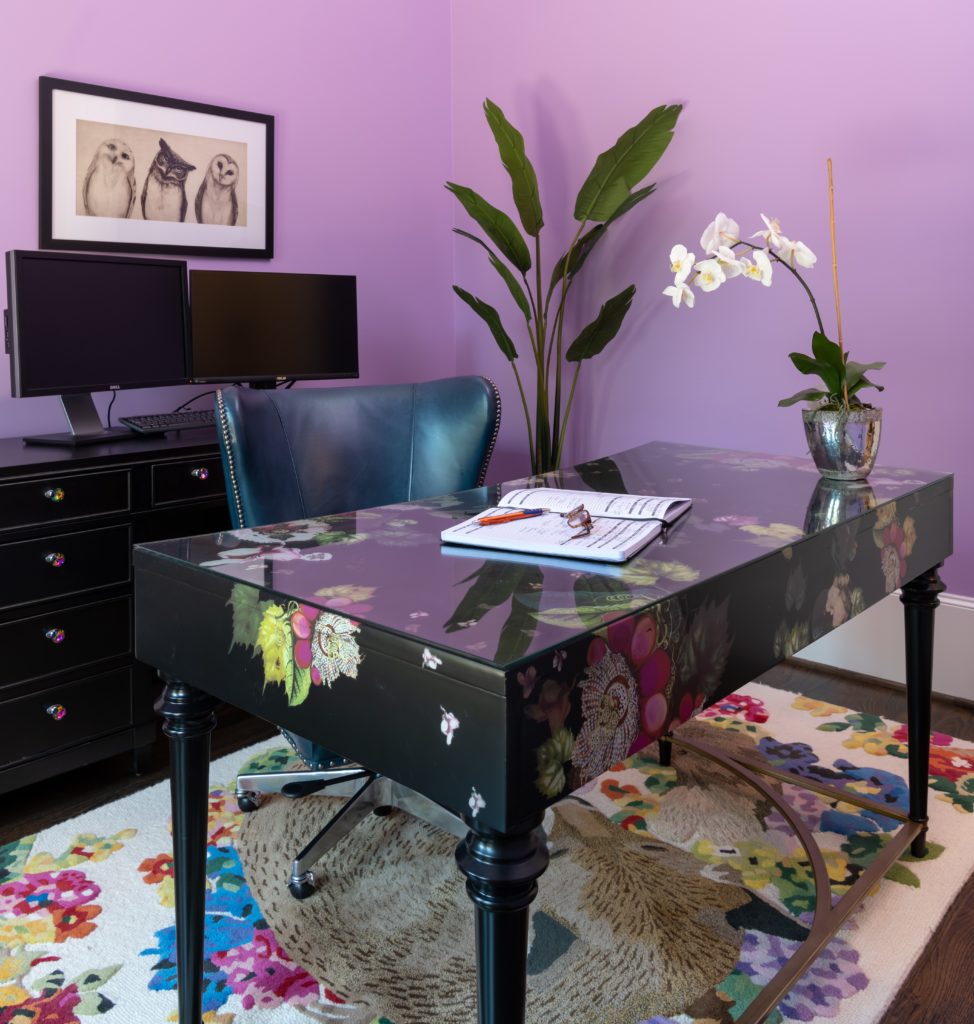

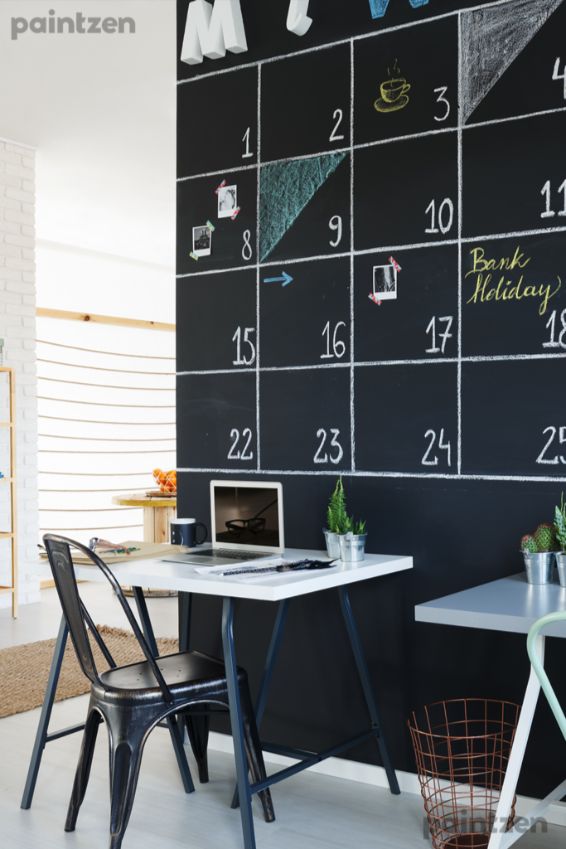
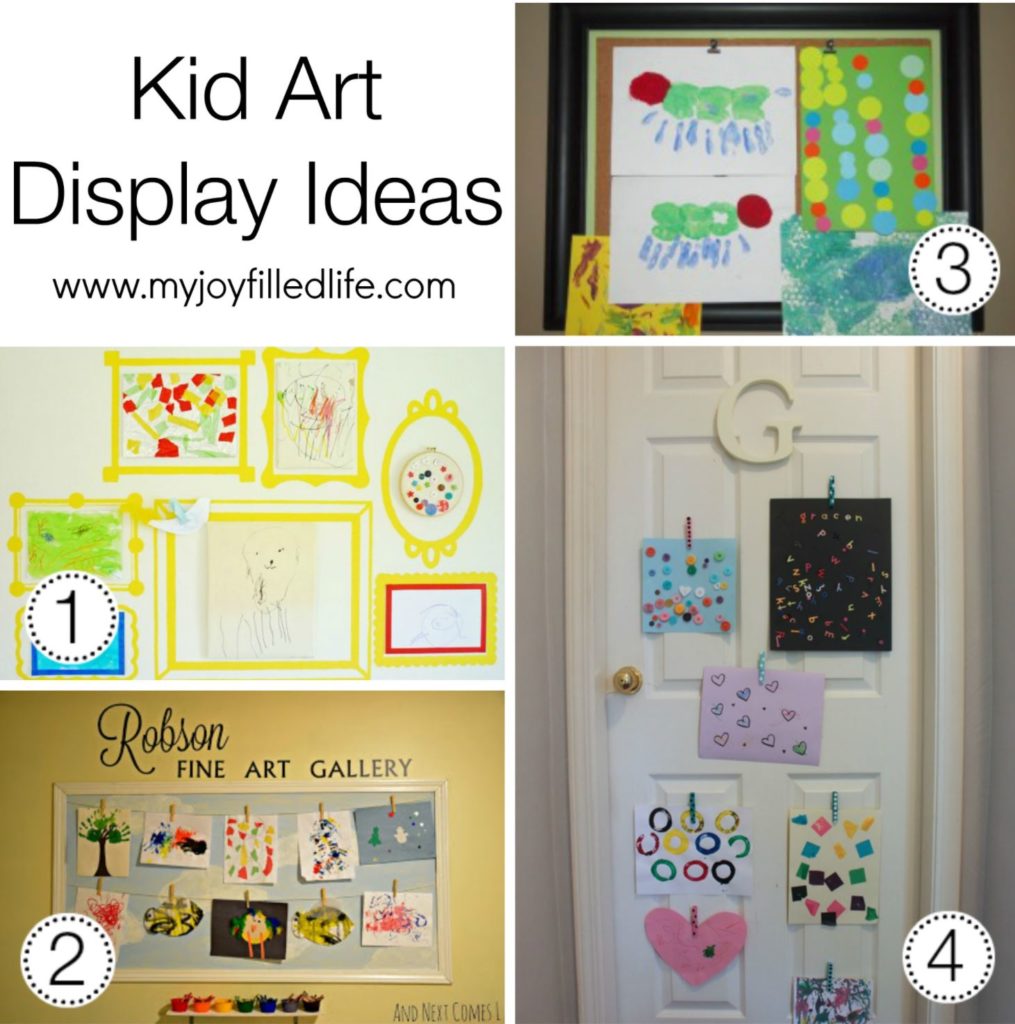
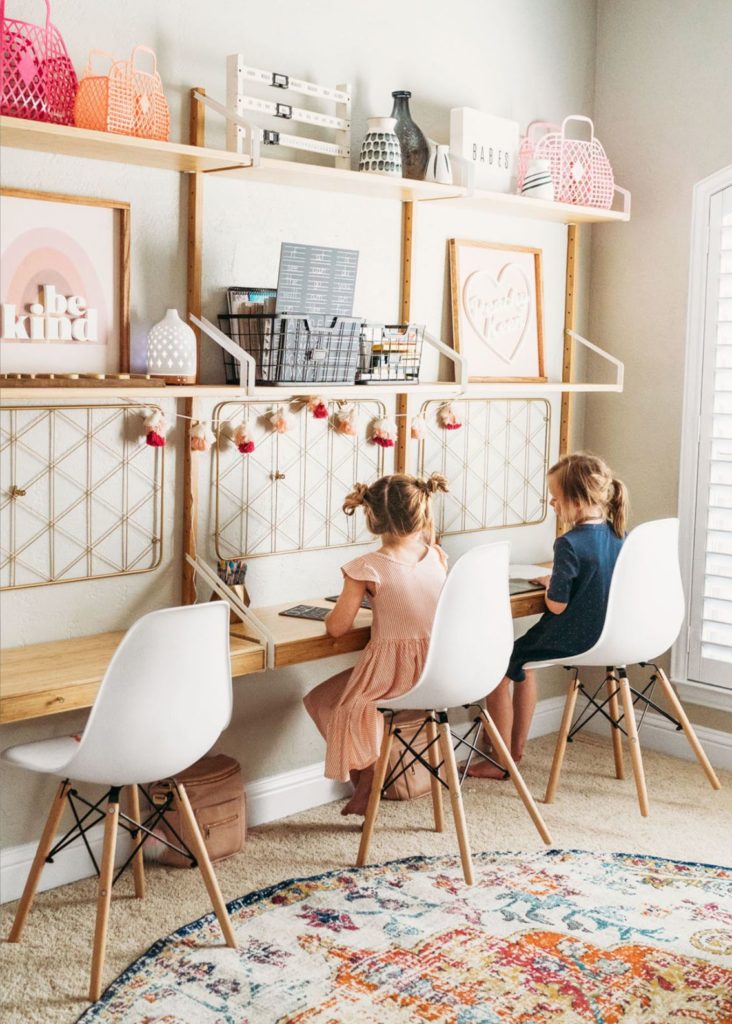
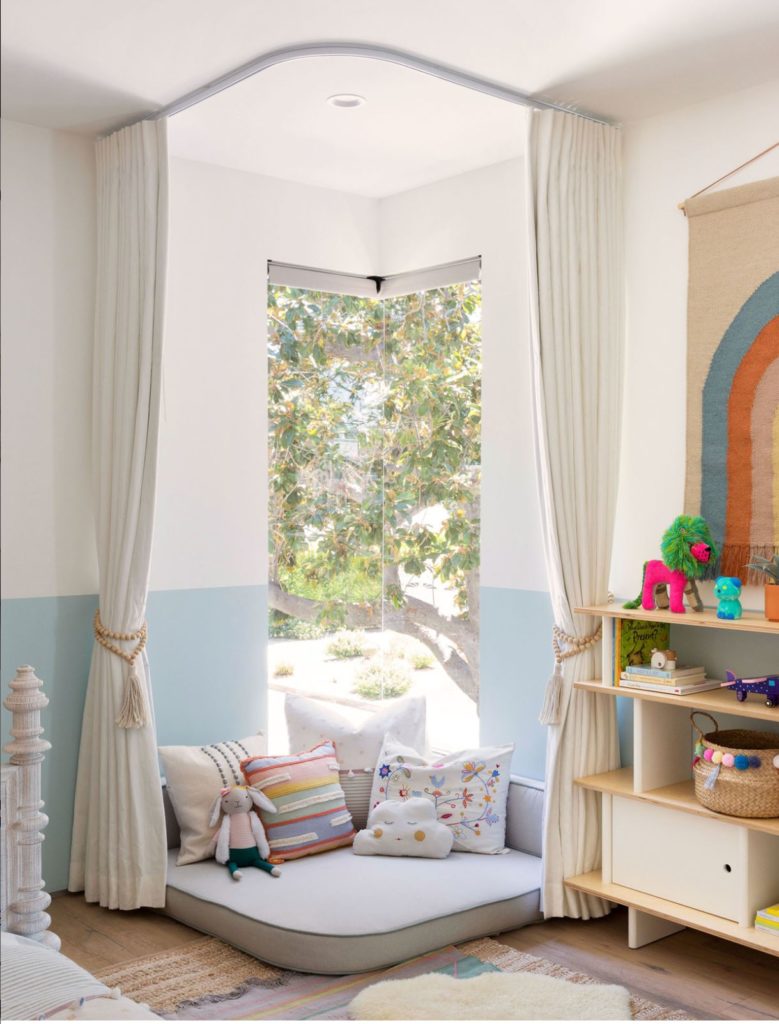
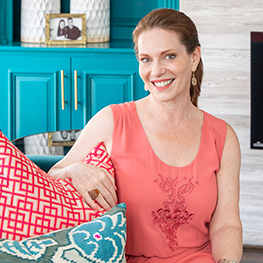
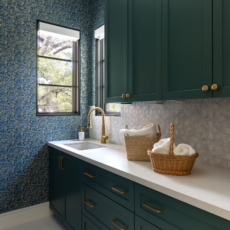
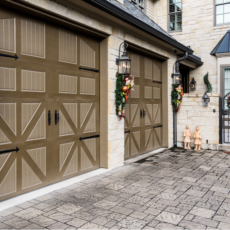
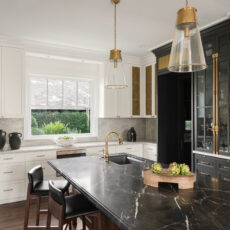
Mind-blowing post! Love all these classy and unique interior designs. Thanks for sharing them with us.